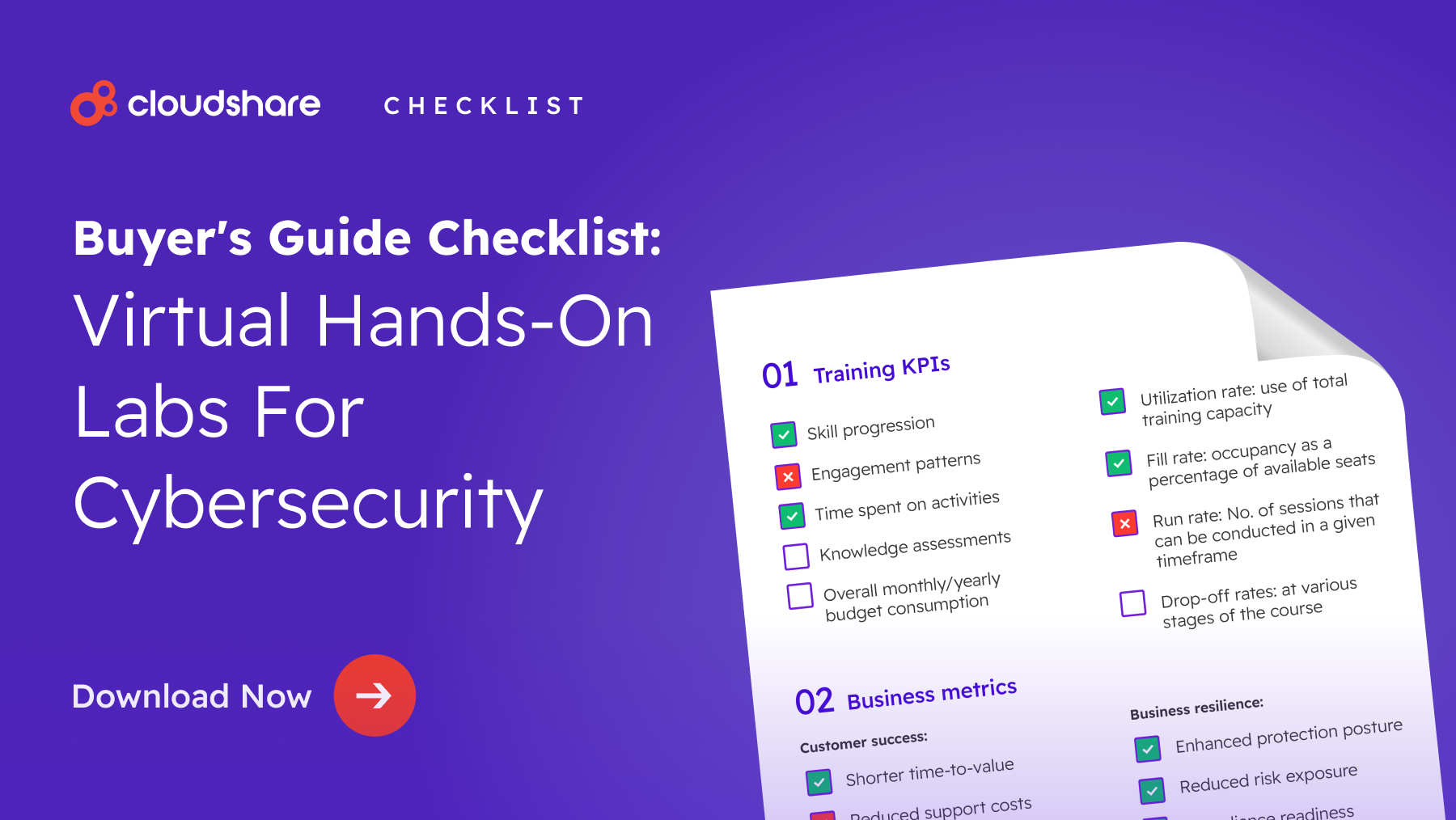Glossary
Cyber Attack Simulation Exercise
What is a Cyber Attack Simulation Exercise?
A cyber attack simulation exercise, also known as a cyber security simulation exercise, is a cybersecurity training strategy that involves mimicking a real-world cyber-attack. The exercise is itself a form of incident response simulation that specifically focuses on malicious actors or software. The goal is to develop a complete overview of your business’s security posture, which includes:
- Employee knowledge and training.
- The effectiveness of your security defenses and access controls.
- Whether or not there are unpatched and exploitable vulnerabilities in your systems.
- The existence of security gaps.
- Your overall cyber resilience.
What Does a Cyber Security Incident Simulation Involve?
The red team is the core of this exercise. Typically cybersecurity experts external to your organization, their role is to perform a fully simulated cyber attack, operating as though they are actual threat actors. What this means is that they’ll utilize the tactics, techniques, and procedures of real-world cyber criminals, including:
- Social engineering tactics, such as phishing emails and scam calls.
- Network exploitation.
- Targeting widely-known vulnerabilities.
- Deploying faux malware — for example, a ransomware variant that only temporarily locks down systems and causes no real damage to data.
A cyber attack simulation exercise can simultaneously function as a penetration test, a vulnerability assessment, and an employee skill/knowledge assessment.
This is one key area in which the exercise differs from more general cyber security simulation training, which is typically performed in a cybersecurity lab and only rarely involves third-party experts.
Performing a Cyber Attack Simulation Exercise
Once you find an organization to facilitate the simulated attack, your first step will be to sit down with representatives from the organization and key stakeholders from your own business. The facilitator will go over the specifics of the attack, including when it will happen, what techniques they’ll use, and what they need you to do on your end. Once everything has been ironed out, the ‘attack’ happens.
Afterward, the facilitator will sit down with your business again to share their feedback on how well you responded. They’ll explain the loopholes and vulnerabilities they abused in order to gain access and provide you with recommendations for how you might do better next time. In some cases, they’ll also work with you to incorporate those remediations.
Ideally, you’ll conclude by scheduling another drill to be performed at a later date, allowing the facilitator to assess how well you implemented their recommendations.
Why Should You Run a Cyber Simulation Drill?
It’s no secret that threat actors are both more numerous and more sophisticated than ever, and it’s hardly news that businesses of all sizes are a target. As most security experts will attest, it’s not a matter of if your business will experience an attack but a question of when.
Running regular drills keeps you prepared for these attacks while also providing you with insight on how to respond when they happen. It allows you to evaluate your incident response processes and keep things from devolving into chaos in the event of a real cyber attack.
Finally, cybersecurity drills allow you to identify and remediate gaps, vulnerabilities, and blind spots, promote a cybersecurity-focused culture within your organization, and, if relevant, ensure you’re fully compliant with industry regulations.



